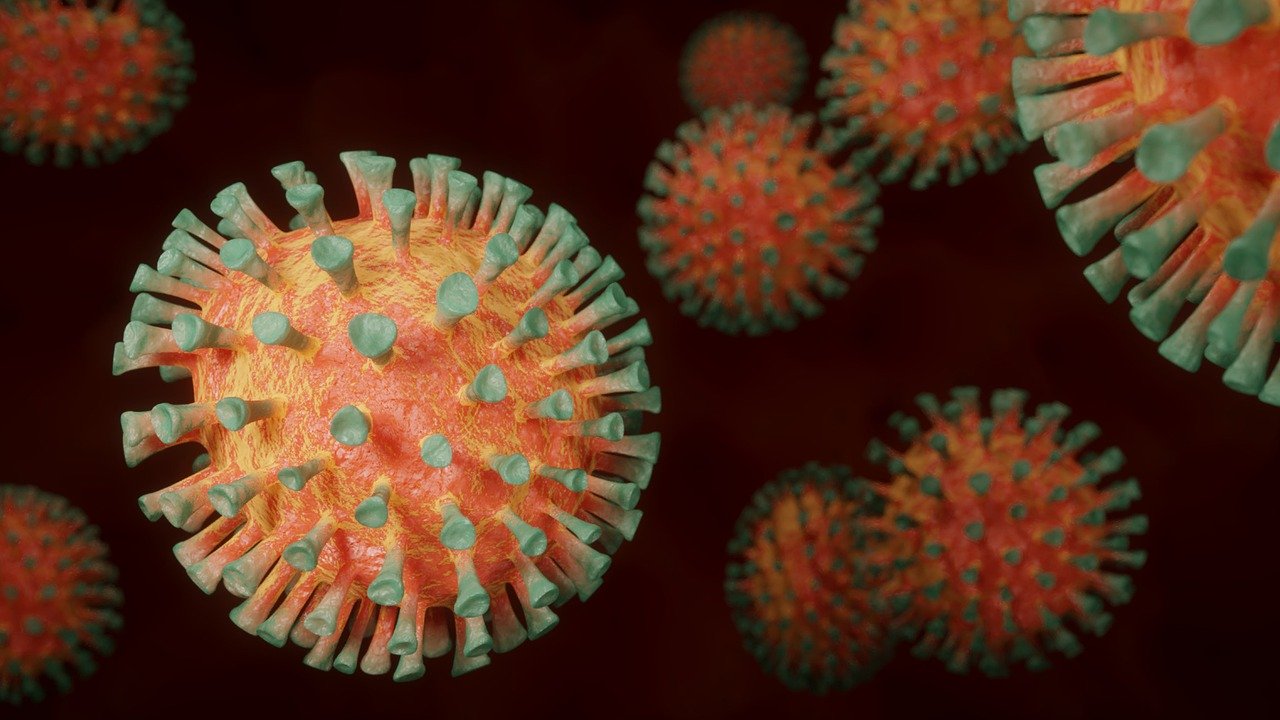Breaking down vaccine barriers
Unequal vaccine distribution risks mutations forming and prolonging the pandemic. Governments must cooperate on vaccine rollout in order to simultaneously suppress the virus
History will record the development and approval of not one but several safe and effective vaccines against COVID-19 within a year of sequencing the virus that causes it as a scientific turning point – an accomplishment that sets a new standard that will forever alter expectations about what is possible in vaccine development.
The public research institutions, private companies, researchers and trial participants who made this possible deserve all the accolades they get. But as we often say, it’s not vaccines that save lives; it’s vaccinations. We now face an even greater task to vaccinate as much of the world’s population as possible as quickly as possible, and as equitably as possible.
By mid May 2021, high- and upper-middle income countries – 53% of the world’s population – had administered 83% of the world’s vaccines. Meanwhile, low- and lower-middle income countries, which make up 47% of the world’s people, had received just 17% of the world’s vaccines.
In January, I challenged the international community to work together to see vaccinations underway in all countries within the first 100 days of the year. By 10 April – the 100th day – all but 26 countries had started vaccinations, and of those, 12 were about to start, leaving 14 countries that had either not requested vaccines through COVAX or were not ready to start vaccinating.
But the amount of vaccines delivered has been totally insufficient. At the time of writing, COVAX has distributed almost 60 million doses of vaccine to 122 countries and economies – covering just 0.5% of their combined population of more than four billion.
The problem is not getting vaccines out of COVAX; the problem is getting them in. Severe supply constraints have deprived COVAX and the countries relying on it of the vaccines they need to protect their health workers and most at-risk people.
I understand full well that every government is obliged to protect its own people – and that’s what every government is trying to do. But we cannot defeat this virus one country at a time. The fastest way out of the pandemic is to suppress the virus everywhere at the same time. In time, there will be enough vaccines for everyone. But for now, vaccines are a limited resource that we must use as effectively as possible, which means distributing them as equitably as possible.
Beyond the moral imperative, there are sound epidemiological and economic reasons for vaccine equity. The longer the virus circulates anywhere, the more opportunity it has to mutate in ways that could make vaccines less effective, putting us all back at square one. And the longer the pandemic drags on, the longer the economic recovery does.
All this means that supporting vaccine equity is not charity. It is an investment in ending the pandemic, restoring confidence and driving a truly global recovery. It’s in every country’s own best interests.
With the leadership of the G7, we have an opportunity to fix the global imbalance in vaccine access, in three essential ways. First, we need to close the $19 billion funding gap for the Access to COVID-19 Tools Accelerator to provide the funds needed for vaccines, as well as diagnostics and therapeutics.
Second, we need countries to donate vaccines to COVAX immediately.
Third, we need to pull out all the stops to increase production. That includes voluntary licensing, sharing technology and know-how, and waiving intellectual property rights. We appreciate the recent announcement by the United States that it will support IP waiver negotiations at the World Trade Organization. There are those who argue that IP waivers are not the major barrier to scaling up vaccine production. I say, why leave any barrier in the way?
Solving the vaccine crisis is essential for bringing the pandemic and the economic turmoil it has caused to the swiftest possible end. But an even greater challenge lies ahead: how to ensure the lessons of the pandemic are learned and the right changes made to ensure it is never repeated.
The World Health Organization looks forward to working with our members to discuss the recommendations of the various panels and committees that have painstakingly reviewed various parts of the response.
Already it is clear that a global consensus is converging on the idea of a treaty on pandemic preparedness and response, to provide a framework
for international cooperation and solidarity, rooted in a strengthened, empowered and sustainably resourced WHO.
I am grateful to the G7 leaders who have so far expressed support for the proposed treaty, and I hope the other leaders will follow suit.
Now more than ever, this is a moment for bold, creative leadership not just to end the pandemic, but to build the foundations of global health security and a healthier, safer, fairer and more sustainable future.












